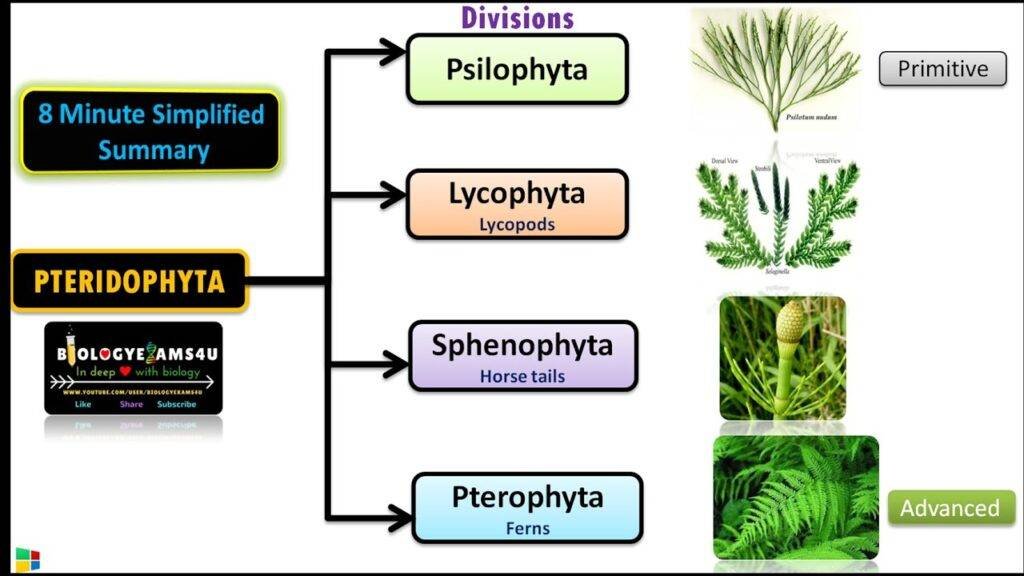Pteridophytes
Akanksha Soni, Academic Content Writer at Edumarz
Pteridophytes:-
- It is the first terrestrial vascular plant ( Xylem and Phloem ).
- It is found in cool, damp, shady places, and sandy-soil conditions.
- Pteridophytes consists of sporophyte which is differentiated into roots, stem, and leaves.
- Pteridophytes have small leaves (microphylls) as in Selaginella or large leaves (macrophylls) as in ferns.
- Pteridophytes also have spores, known as sporophylls.
- Pteridophytes plants are flowerless as well as seedless. They reproduce by spores.
- Sometimes sporophylls form compact structures known as cones or strobili. For example Selaginella and equisetum.
- Pteridophytes have well developed vascular system with xylem that conducts water and phloem which conducts food.
- The life cycle of Pteridophytes:-
In the lifespan of pteridophytes, there is a alternation of generation. This is called Metagenesis. The diploid generation is known as sporophyte which produces spores. The haploid generation is known as gametophytes which produce the gametes. The gametophyte and sporophyte of both are independent and free livings.
Sporophyte generation:-
- The sporophyte is the dominant and longer stage than the gametophyte generation.
- Sporophytes plants produce spores that are carried by the wind.
- The spores are produced by spore mother cells during meiosis. Most plants produce similar spores. These are known as homosporous ( E.g. Lycopodium), and some plant produces dissimilar spores known as heterosporous ( E.g. Selaginella). These heterosporous are of two types: microspores (small) and macrospores ( large ).
- Microspores produce male gametes are known as antheridia and megaspores produce female gametes are known as archegonia.
- Under suitable conditions, these spores germinate into small independent gametophytes called prothallus.
Gametophyte generation:-
- The prothallus or gametophytes can grow only in a moist and cool shady place.
- Prothallus is multicellular and photosynthetic.
- The male sex organ is called antheridia, and the female sex organ is called archegonia. When male gametes fuse with female gametes and zygote is formed. This process is known as fertilization.
- The zygote eventually matures into a multicellular sporophyte. Then the life cycle of pteridophytes gets completed.
- The pteridophytes are further classified into four classes are as follows:-


